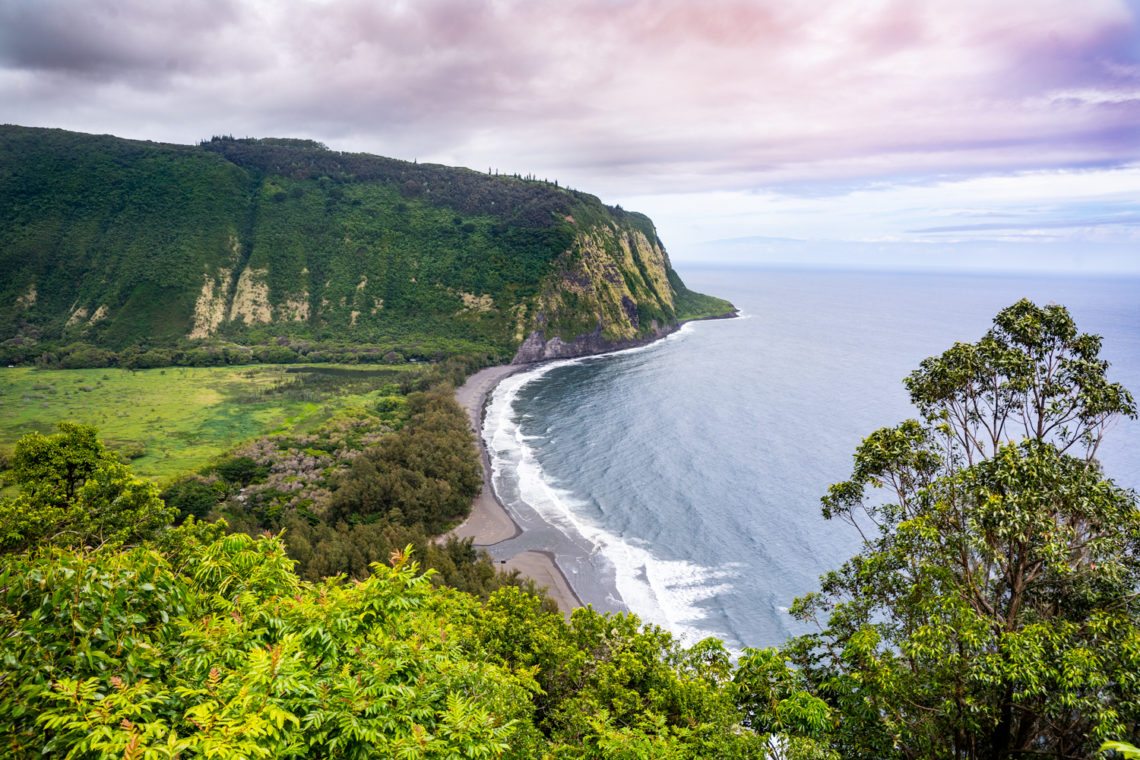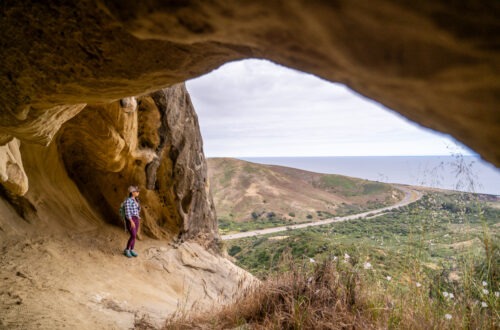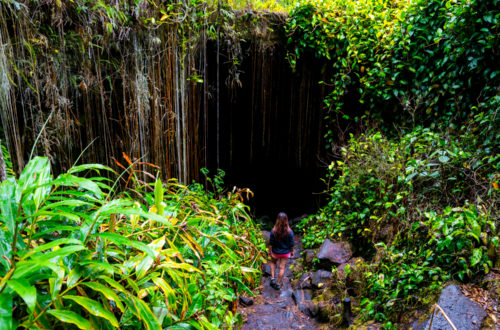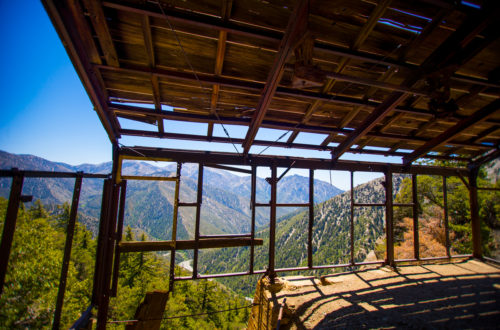Located in the Hamakua District of the Big Island of Hawaii, Waipiʻo Valley is one of the most beautiful places on earth. Waipio Valley is also full of history as well as home to many important heiaus (temples). The word “Waipiʻo” means “curved water” in the Hawaiian language. Often referred to as the “Valley of the Kings,” Waipio Valley was the home to many of the rulers of Hawaii up until the time of King ʻUmi. Because of this, the valley has both historical and cultural importance to the Hawaiian people. It is not easy, but you can either drive or hike down to this beautiful place.
A BRIEF HISTORY OF WAIPIO VALLEY
Before the arrival of Captain Cook in 1778, there were between 4,000 to 10,000 people lived in Waipi’o Valley. In 1780, Kamehameha the Great received his war god Kukailimoku at Waipio Valley, who named him the future king of the islands. Hawaiian’s first naval battle took place at the coast if Waimanu, near Waipio, between Kamehameha and Kahekili, the Lord of the leeward islands, and his half-brother, Kaeokulani of Kaua’i. This battle is known as Kepuwahaulaula, the Battle of the Red-Mouthed Guns. From then, Kamehameha began his conquest of the islands.

Many Chinese immigrants settled in the valley in the late 1800s. At one time, there were churches, schools, hotel, post office, etc. in the valley. However, in 1946, everything was destroyed by the most devastating tsunami in the history of Hawaii. After that, most people left the valley. It is barely populated ever since. Waipio Valley got hit again in 1979 with a severe flood, covered the valley floor from side to side in 4ft of water. Today, only about 50 people live in the valley. These are mainly taro farmers, fishermen and others who preferred their simple lifestyle.
Besides its historical significance, the Waipio Valley is also a sacred place for Hawaiians. There were many important temples in Waipio Valley. The most sacred temple, Pakaalana, was also the site of one of the island’s two major pu’uhonua or places of refuge. The other place of refuge is Pu’uhonua O Honaunau, located just south of Kailua-Kona.
Waipio Valley is a site of ancient burial caves, many of them were kings. They are located on the sides of the steep cliffs on either side of the valley. It is believed that because of the kings’ mana (divine power), no harm will come to those who live in the valley. This belief is strengthened by the fact that no one actually died in the devastating tsunami of 1946 or the great flood of 1979. There are many ancient stories about the Hawaiian gods that live in Waipio Valley.

SOME OTHER INTERESTING FACTS
The valley floor, at sea level, is almost 2,000 ft below the mountains peaks that surround it. At the top of the southern wall of the valley, there is a scenic lookout point. From there, there is a paved, steep road that can take you down to the valley floor. The road gains 800 vertical feet in 0.6 miles. It is at 25% average grade, with steeper grades in some sections. This is a public road, but only for 4 wheel drive vehicles. It is considered the steepest road of its length in the USA.
The shoreline of the valley is a black sand beach. It is popular with surfers and tourists alike. There are a few Kalo (taro) farms in the valley. The river that snakes through Waipio Valley is the result of the massive twin falls named Hakalaoa and Napoopoo. They measure in at a very impressive 1,450 ft tall.

Waipio Valley is famous for its appearance on the final scene in the 1995 box office smash Waterworld. It is also famous for its fertile landscape. This area has been a hot spot for agriculture for centuries, especially taro. The farmers that live here farm kalo (taro) in flooded loi (paddies). Their products are sold throughout the state.
In the Hawaiian creation story, kalo is known as the brother of mankind. Before the Sky Father, Wakea, and the daughter of the Earth Mother, Hoʻohokukalani, gave birth to Haloa, the first Hawaiian, they had a stillborn son; from his grave grew the heart-shaped kalo plant.
Happy Adventuring. Don’t forget to follow us on Instagram, subscribe to our Youtube channel, and sign up for our newsletter!






